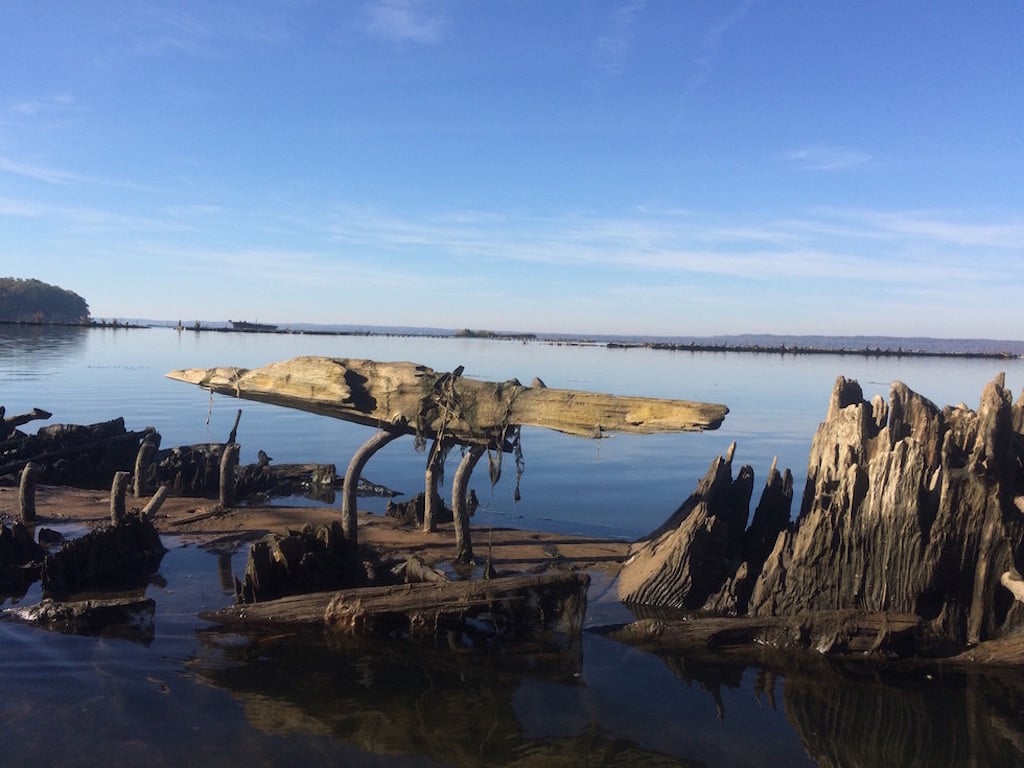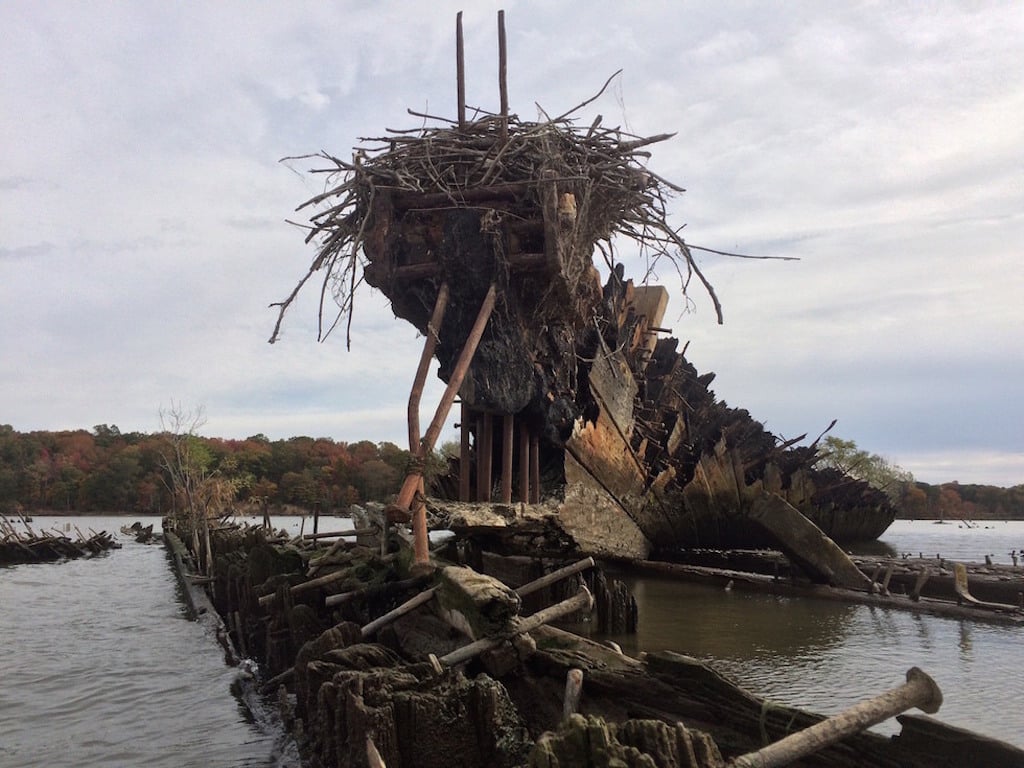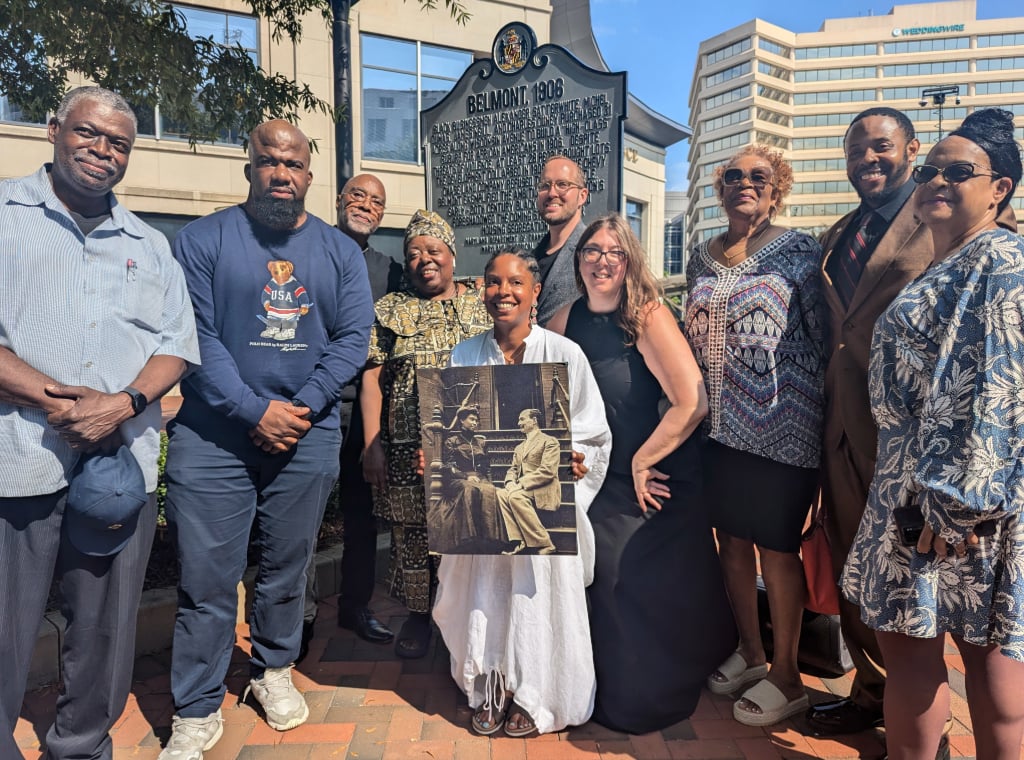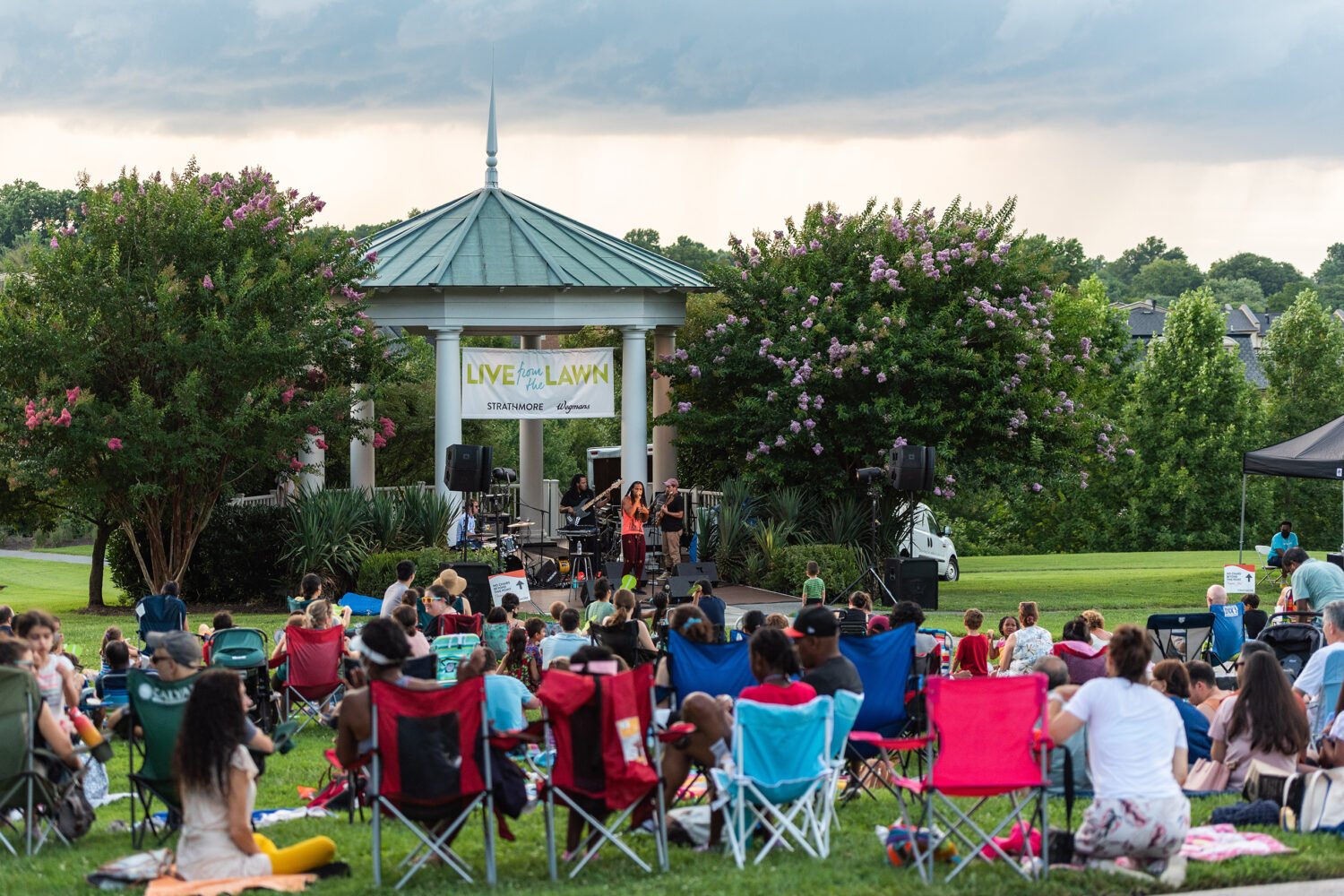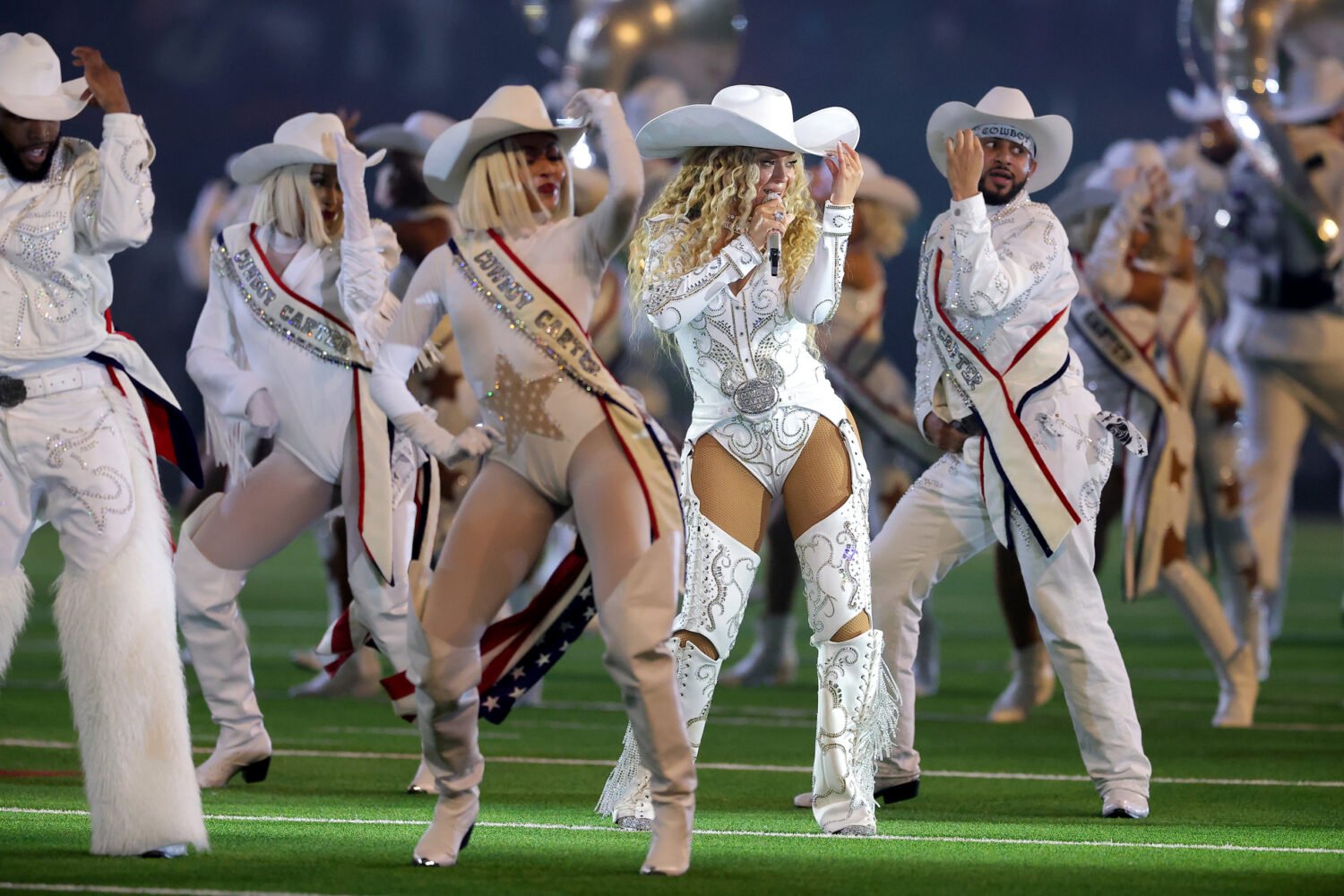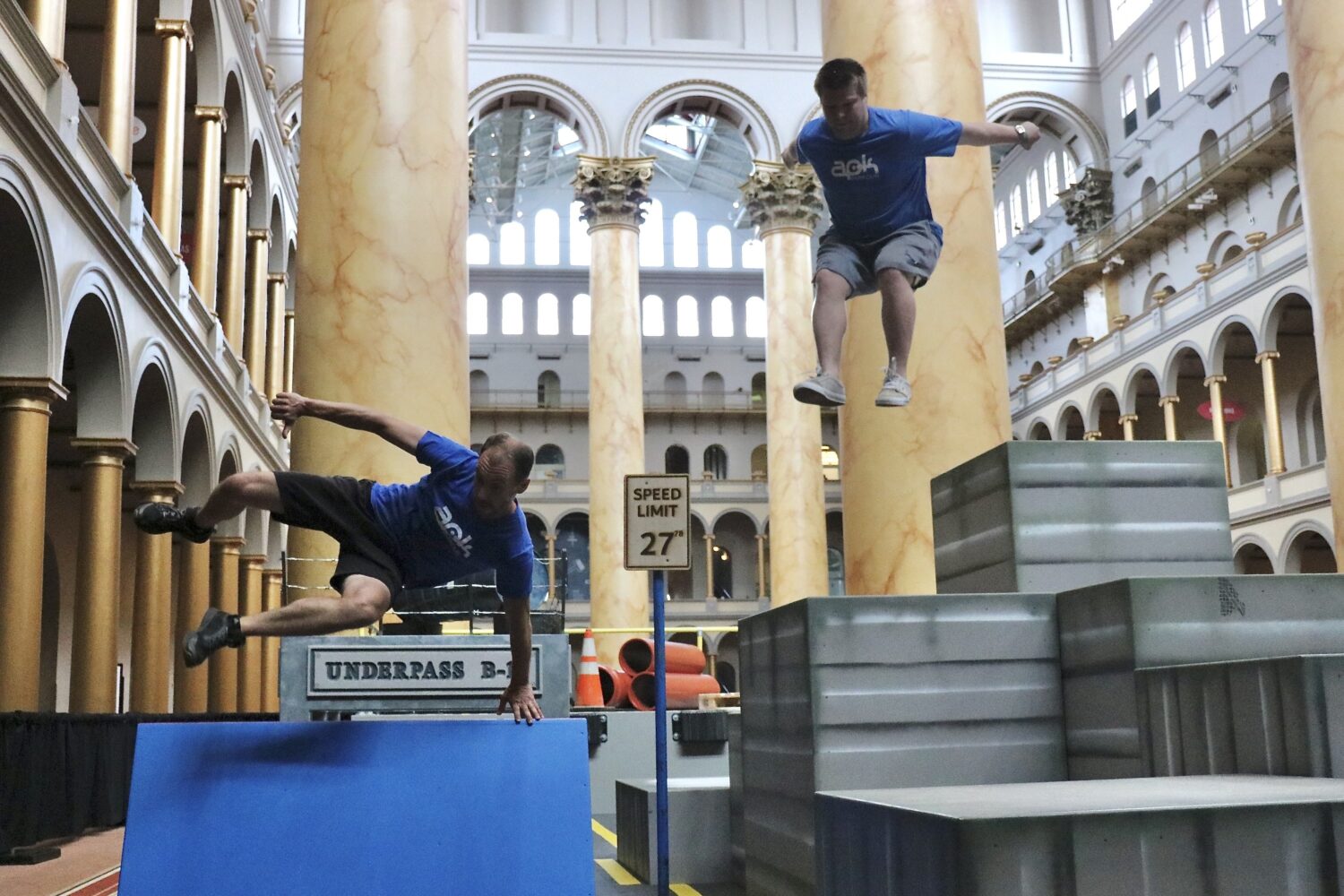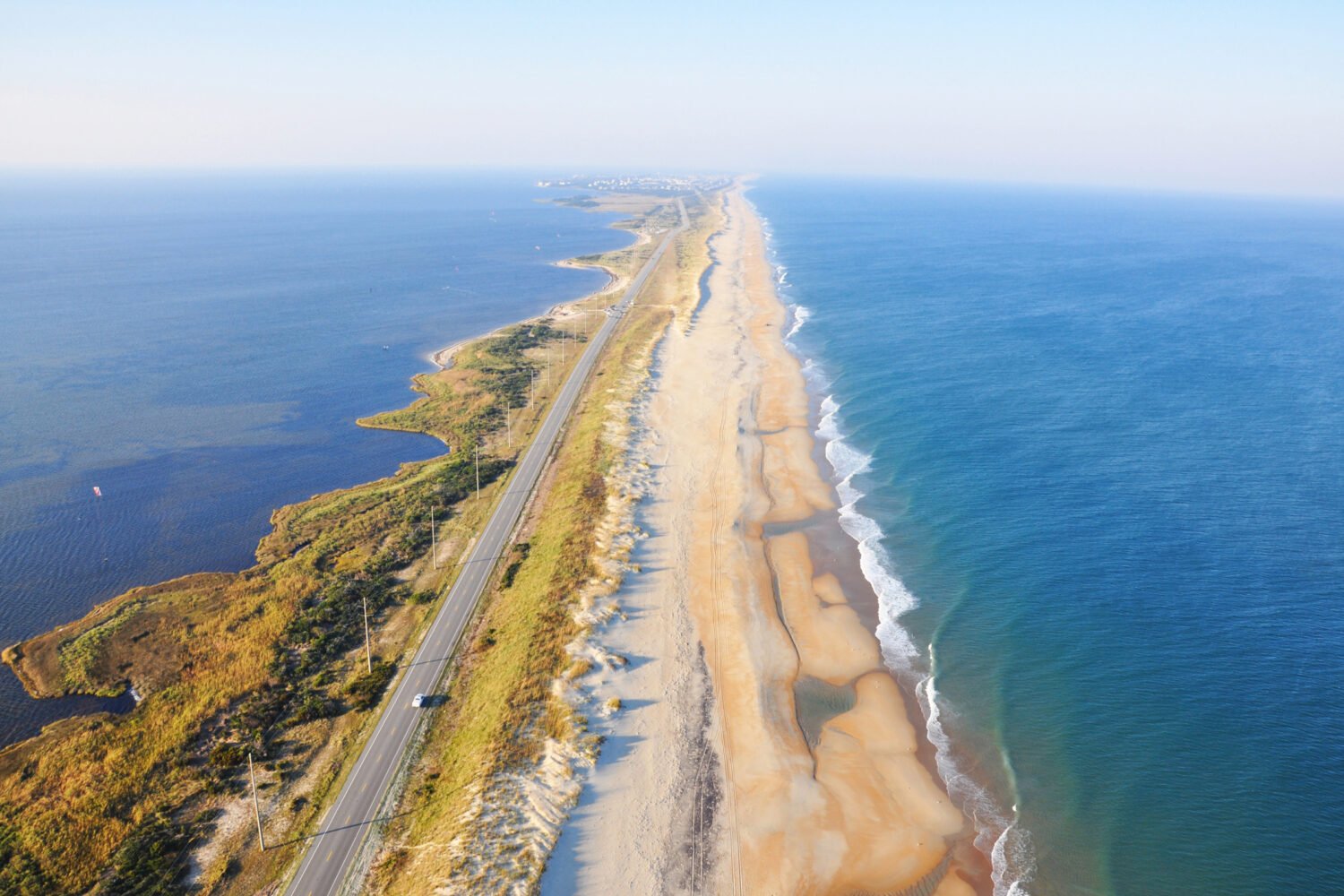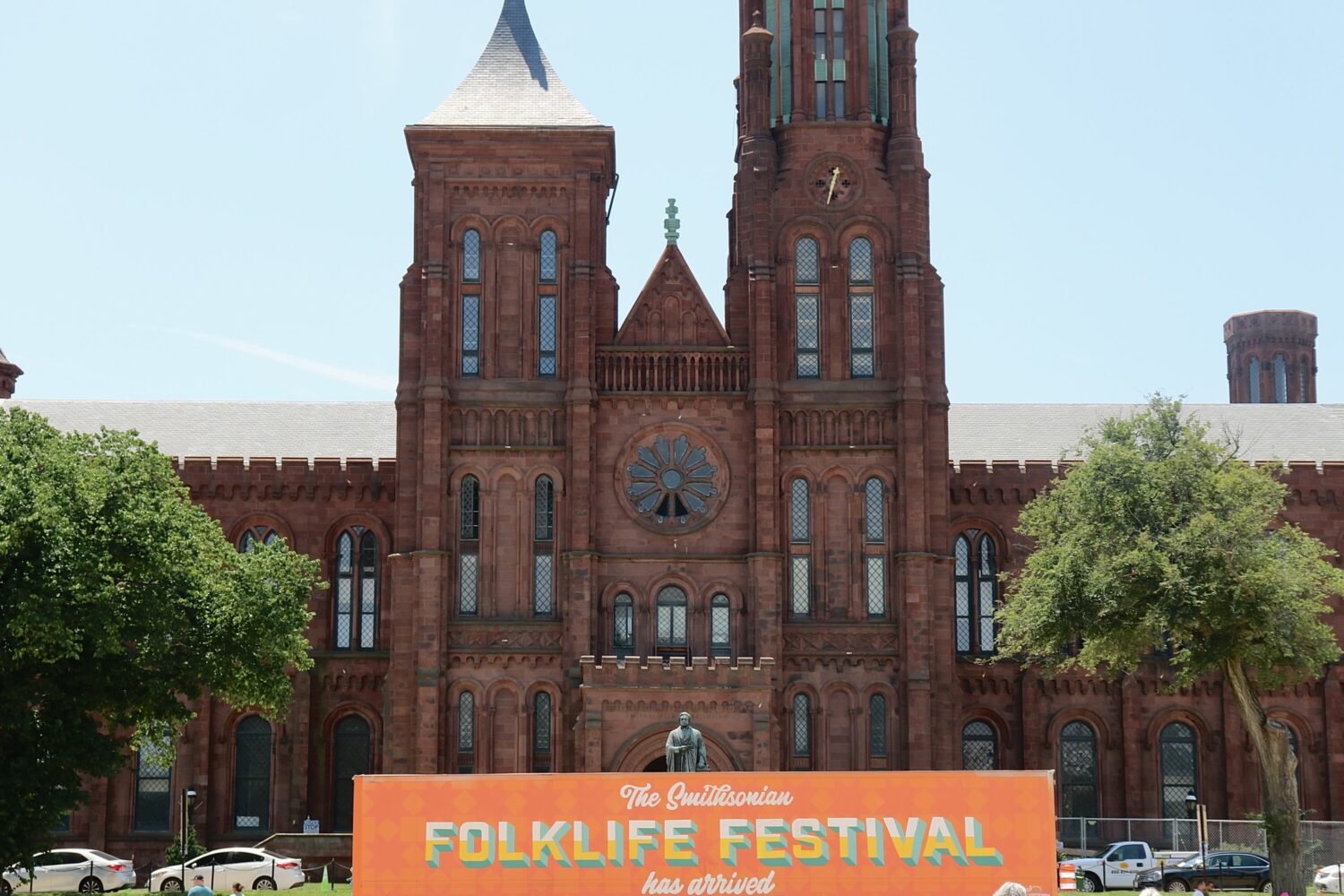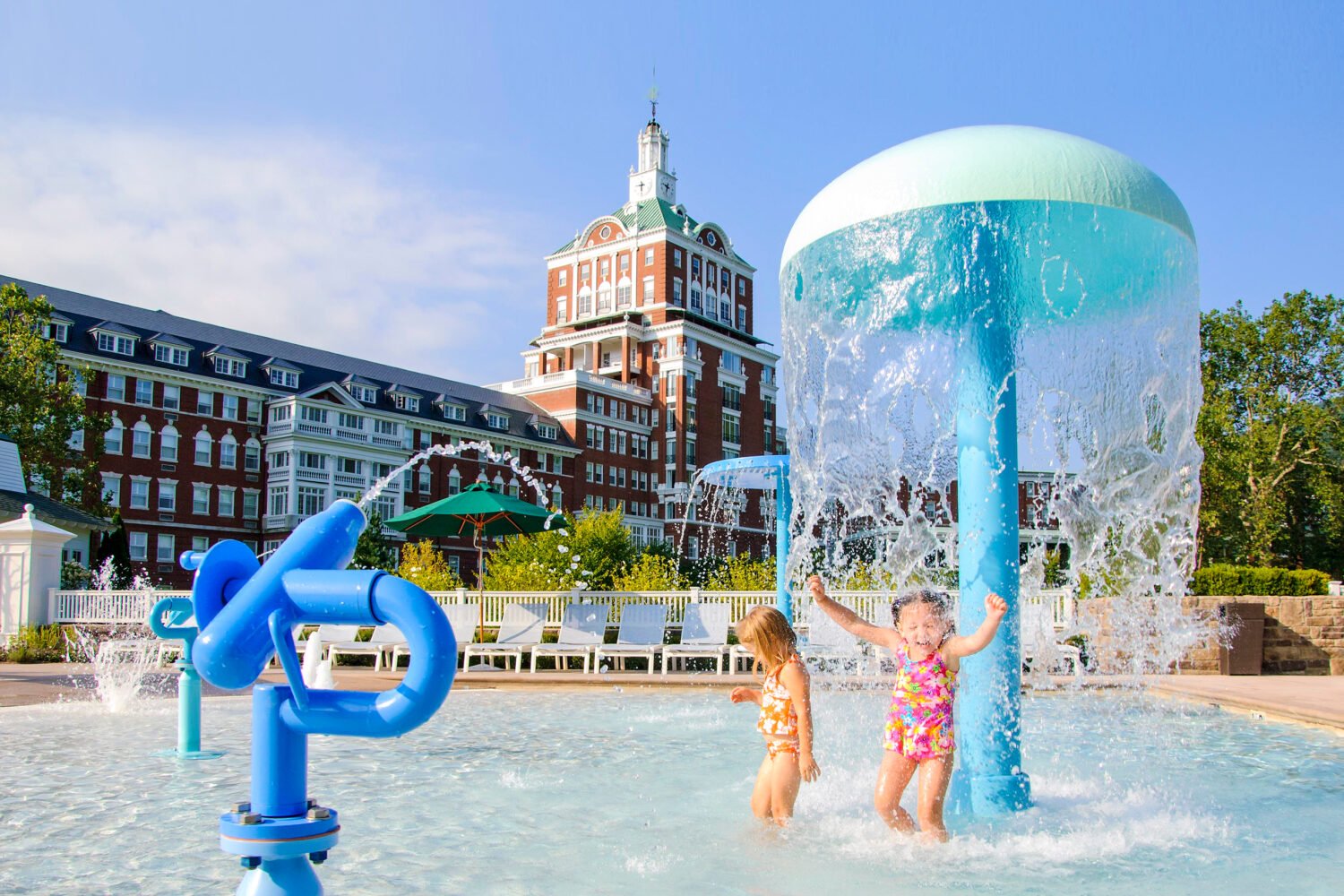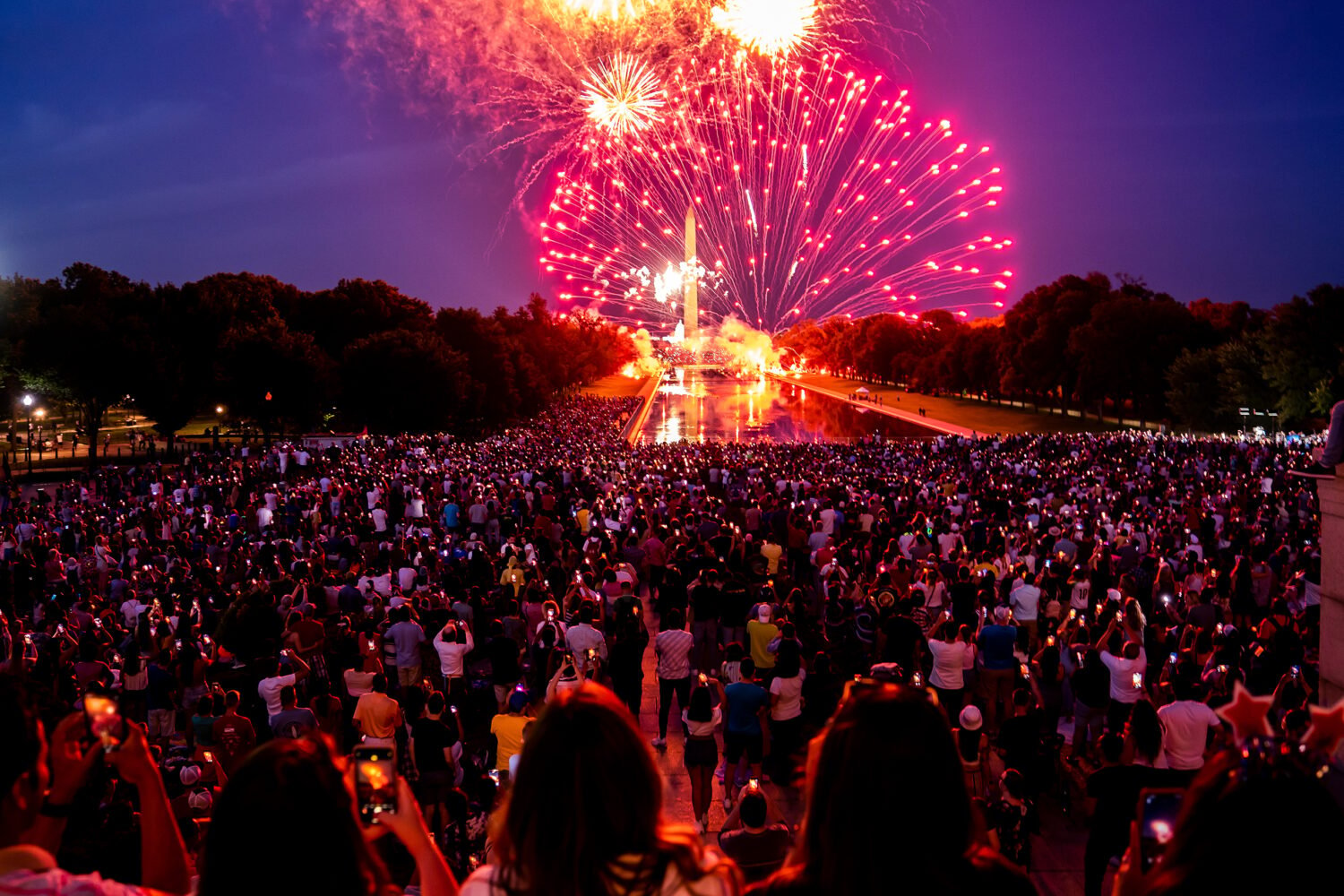On the drive to Mallows Bay, black snakes slither across narrow Maryland roads surrounded by forest.
I’m headed there to spend this hot spring afternoon kayaking the “ghost fleet” of Mallows Bay with Judy Lathrop, founder and owner of Atlantic Kayak in Indian Head, Maryland. She’s been a Mallows Bay tour guide for almost 20 years. She calls herself a “recovering lawyer.” After years of law, she just wanted to get back outside. She knows everything there is to know about the bay and its fleet.
“It’s one of the largest tangible reminders of World War I in the country,” Lathrop says, smiling. “It’s quite a place.”
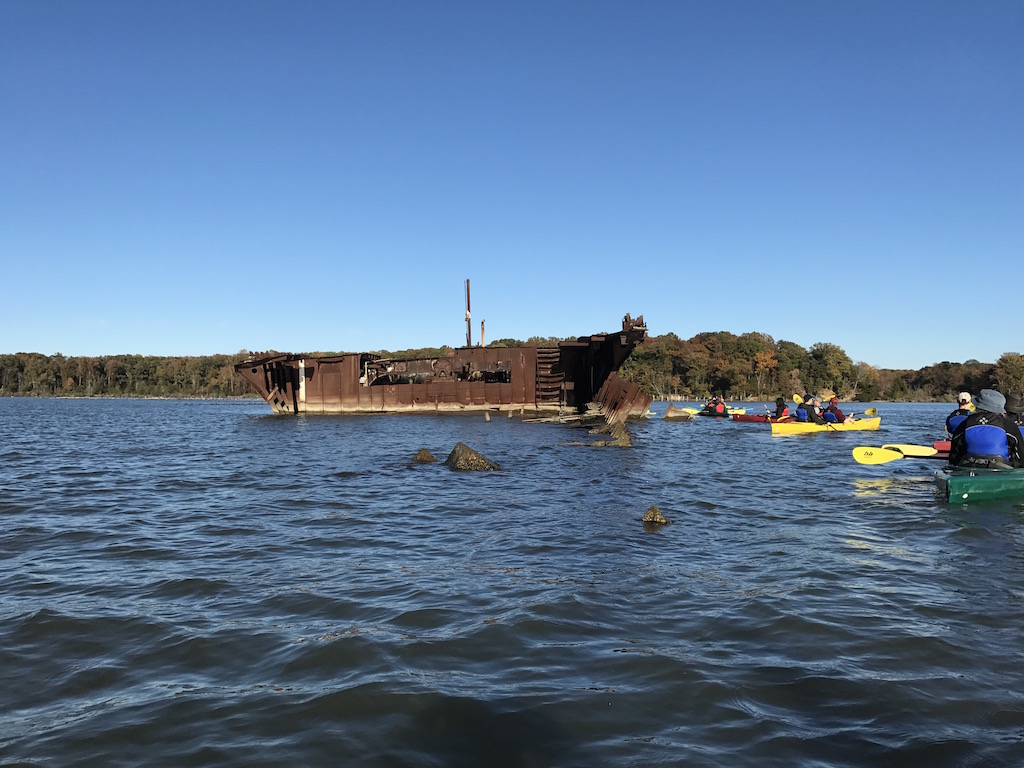
The fleet consists of wooden and metal ships built for World War I but never used. Instead, they were torched and sunk right in Mallows Bay—sometimes two and three times over. They burned and burned but couldn’t be destroyed completely. Today, the ship remains sit in Mallows Bay on the Maryland side of the Potomac, majestic and reborn as a home for wildlife: ospreys, bald eagles, beavers, otters, turtles, nutria and more. Some of the ships have become little islands, with grass grown over them from bow to stern.
Though it’s only a bit more than an hour’s drive out to Mallows Bay from DC, the “ghost fleet” is still a hidden treasure. The area is also well on its way to officially becoming a National Marine Sanctuary, a first for the Chesapeake and its tributaries.
Thanks to Lathrop’s tours, more and more people from DC have been able to discover Mallows Bay. It’s best in the summer. The sun lights up the water and you can see every shimmering detail of the ships. The warmth brings the beavers out to play.
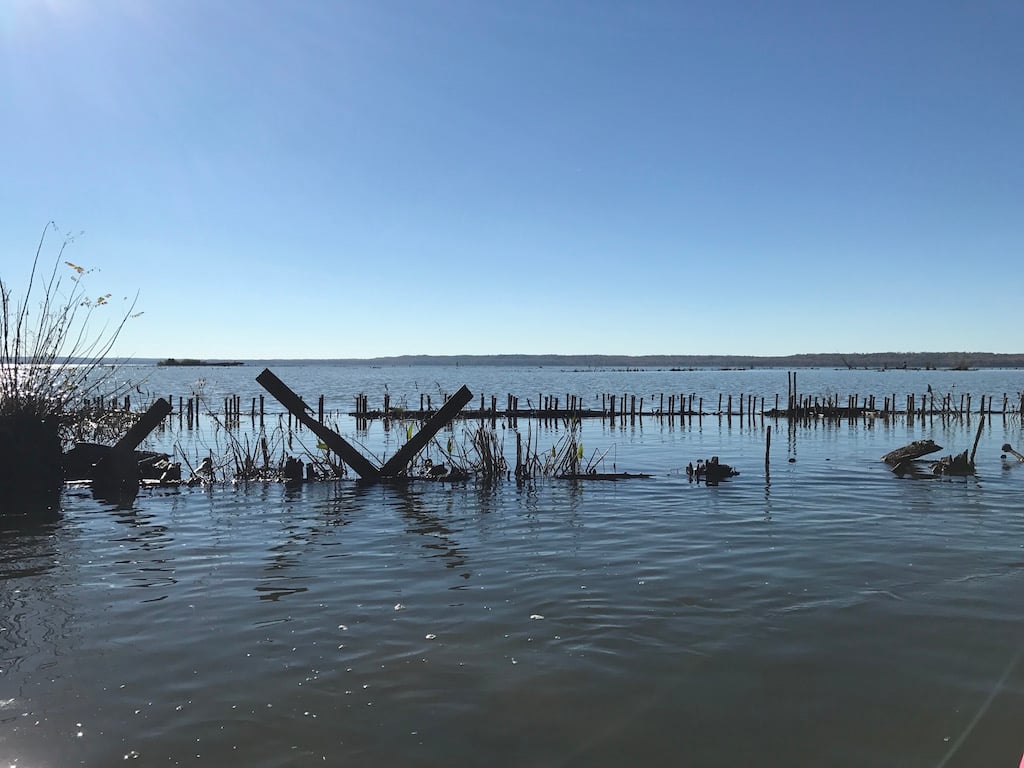
When we get there, we pile into a two-person kayak with Lathrop’s two dogs, Ollie, a small white curly-haired poodle mix, and Casper, an even smaller black mixed breed. Casper is younger and more active than Ollie. He’s not afraid to stand up and look over the side of the kayak.
“Look to the sky for bald eagles,” she tells me and hands me her binoculars. I look and see two, flying overhead.
We reach the hulking wooden remains of a ship. She reaches her hand out to touch it and when she does, particles disperse into the air. She inspects it, smiling, wondering aloud if beavers had been there recently after noticing visible tracks. After lingering for a moment, we paddle away. Sometimes, when the water is high, it’s hard to see the ship remains. But that day it was low tide and we could see everything.
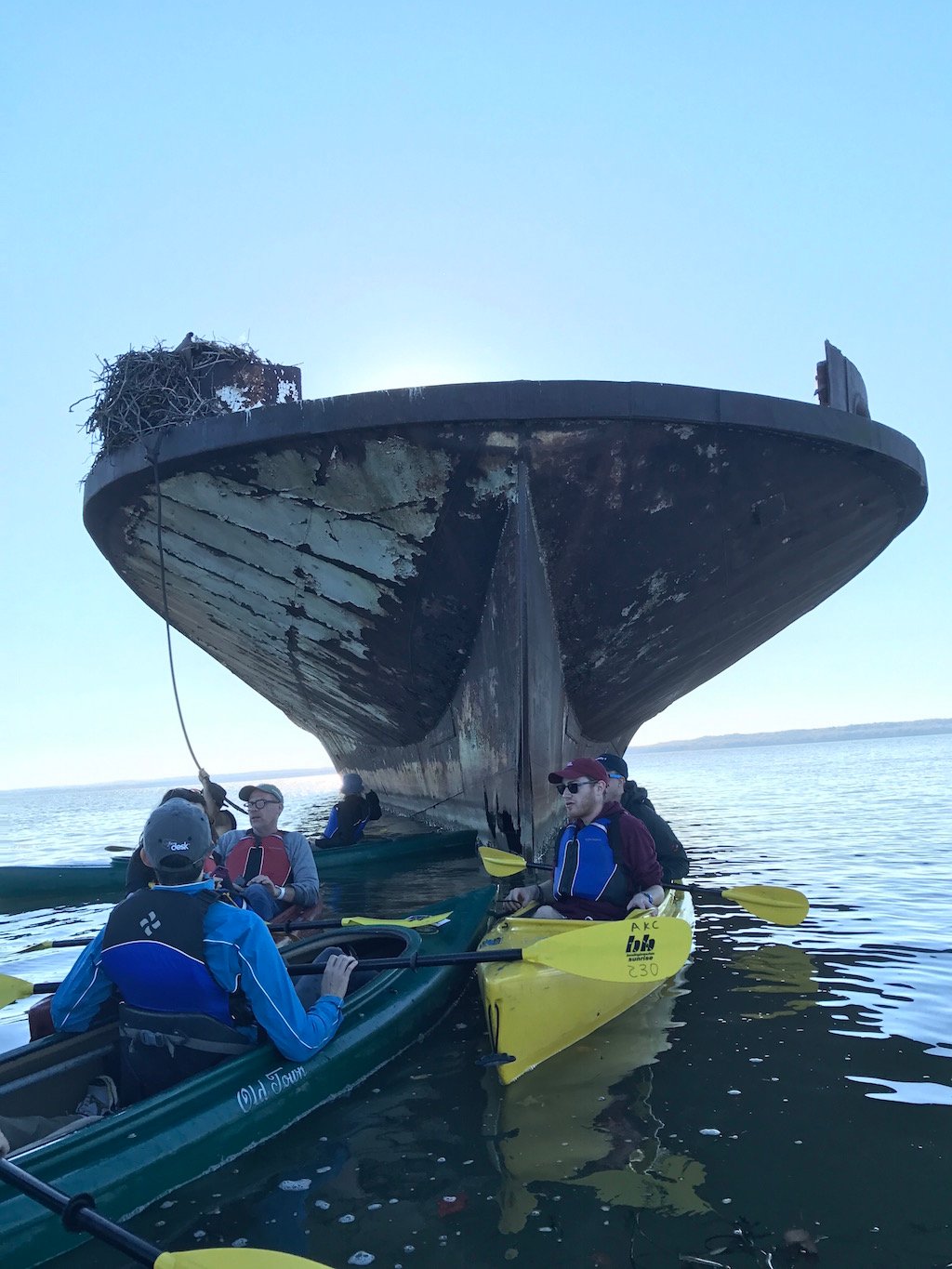
Lathrop looks forward to each coming tour, teaching kayakers about discovering the wonders of the world, particularly the ones in their own backyard. In DC’s backyard are nearly 200 ships swallowed by nature and laid to rest in watery graves. For Lathrop and her dogs, those ships and Mallows Bay are just perfect.
“The river is fairly clean,” Lathrop says. “One day I was doing a tour for the Smithsonian—half of the group were elderly. It was really hot and I thought well, we could risk heat stroke or we can go swimming. We went swimming in the river. We absolutely loved it.”
